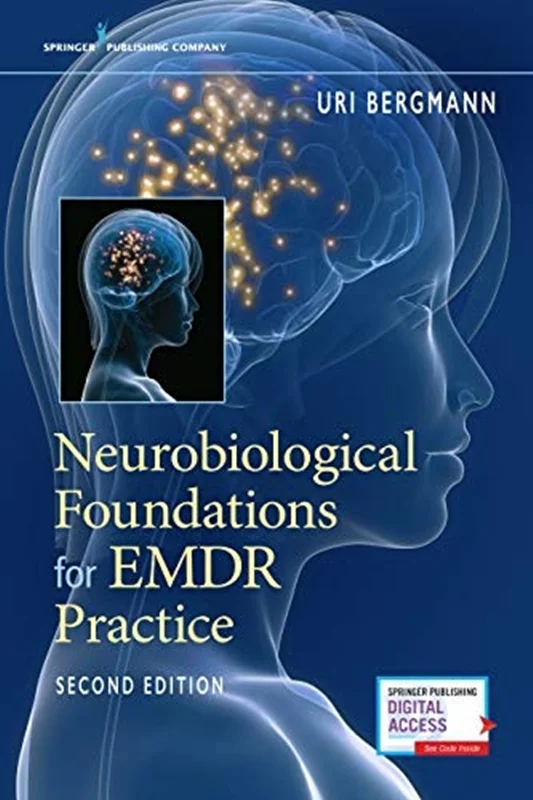The second edition of this groundbreaking work incorporates f new neuroscientific and psychological research related to human development, traumatic stress, disorders of attachment, and information processing, and its implications for EMDR practice., The book delivers critical new neurobiological research on procedural and emotional learning, early-acquired relational patterns, inter-corporality, and empathy.
Drawing from contemporary neuroscience’s increased understanding of emotions and the significance of mirror neurons, the book demonstrates the importance of affective resonance and its effect on neuroplasticity as a prerequisite for any enduring change in cognition, behavior, and emotion.
The second edition also examines in further depth the relationship between stress, trauma, and immune function in regard to immunoinflammmatory illnesses and the implications for their treatment. An additional 20 syndromes are examined, in addition to the 11 syndromes discussed in the first edition.
New to the Second Edition
Delivers groundbreaking neuroscientific and psychological research related to human development, traumatic stress, attachment disorders, and information processing
Underscores the importance of emotion as fundamental for change
Addresses the dominance of right hemispheric communications that foster procedural and emotional learning
Examines the implicit nature of early-acquired relational patterns, inter-corporality, and empathy
Covers the relationship between stress, trauma, and immune function regarding immunoflammatory illnesses and their treatment
Key Features
Provides a neurobiological foundation that informs our understanding of human development, attachment disorders, and information processing
Examines biological underpinnings of EMDR regarding successful treatment outcomes for attachment disorders, stress, and dissociation
Explicates disorders as outcomes of chronically dysregulated, evolutionarily based, biological action systems
Illustrates EMDR’s sensorial input to the brain as a neural catalyst that can help to repair dysfunctional neural circuitry
Includes illustrative neural maps

